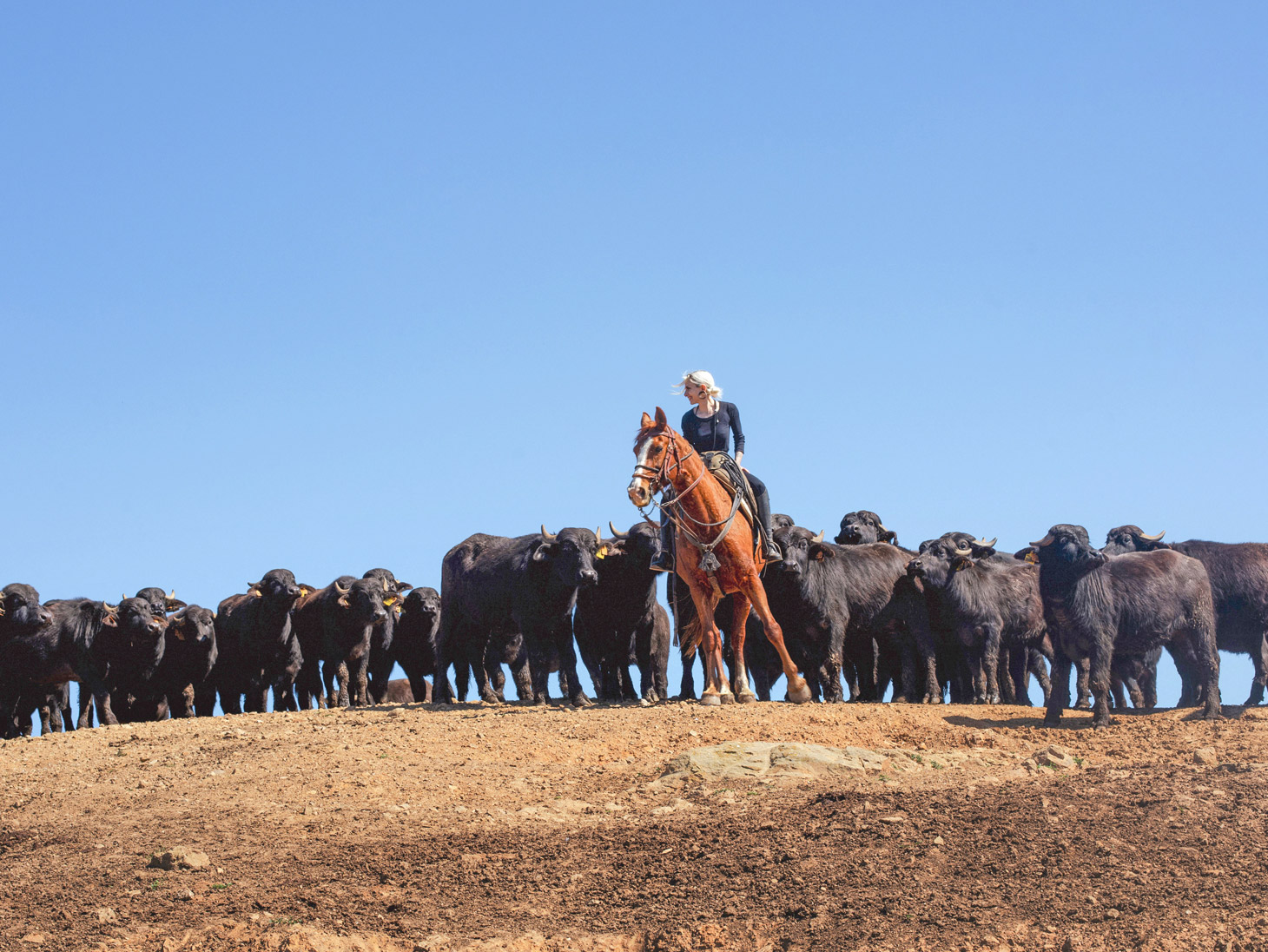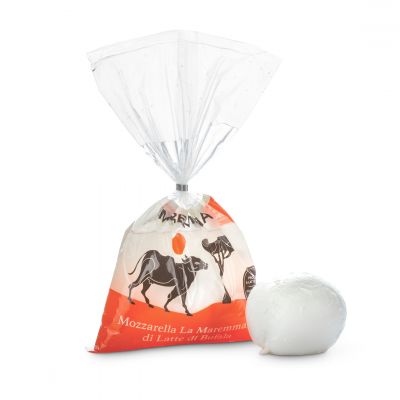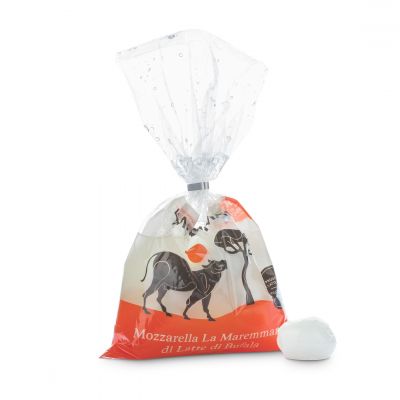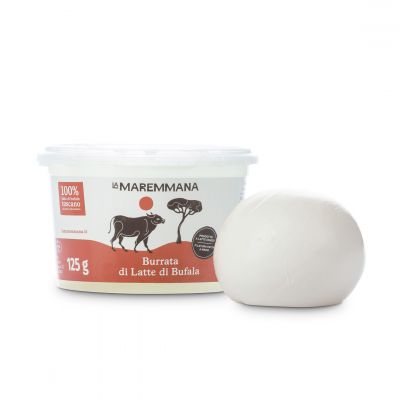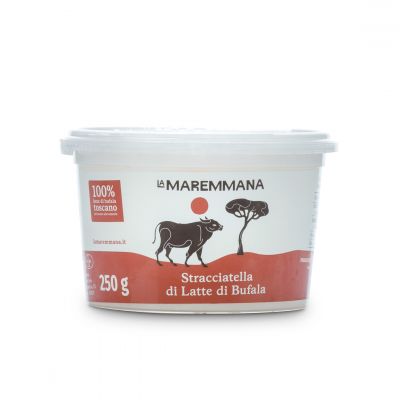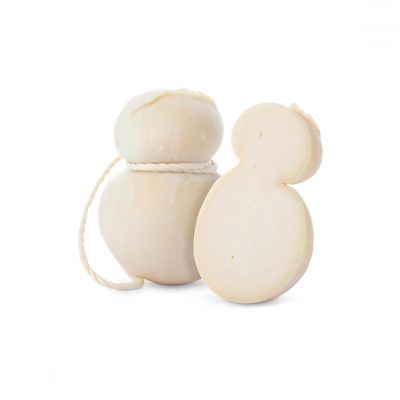WE KNOW IT AS "LA MAREMMANA", BUT THE PALLINI FAMILY'S FARM HAS TWO LOCATIONS, BOTH IN MAREMMA: THE INNO AL SOLE DAIRY, WHERE THE LACTATING BUFFALOES' STALL IS PLACED, NEAR GROSSETO, AND THE DIACCIALONE FARM, LATER SOUTH, TOWARD CAPALBIO
We are in the paddock, a little tense: the tall grass, the muddy ground from the past few days' rains, the gaiters making it difficult to move, the fence too far away for us to get away. Guido warns us, "I'm opening the fence". And in an instant the tension becomes terror: the herd rushes, running at an unthinkable speed for such large animals, toward the grass, passing just a few meters away from us.
They gallop after each other, rolling in the mud, uprooting the grass with their horns adorning themselves with funny wigs. A buffalo approaches menacingly, watching us with a proud gaze. I instinctively move behind Alessandro. Guido smiles, "They are just curious, and happy to be able to graze for a while and roll around in the puddles. They are Bubalus Bubalis, water buffaloes: a few years ago, in Capalbio, a fence broke down and I found a dozen of them in the pool at home!".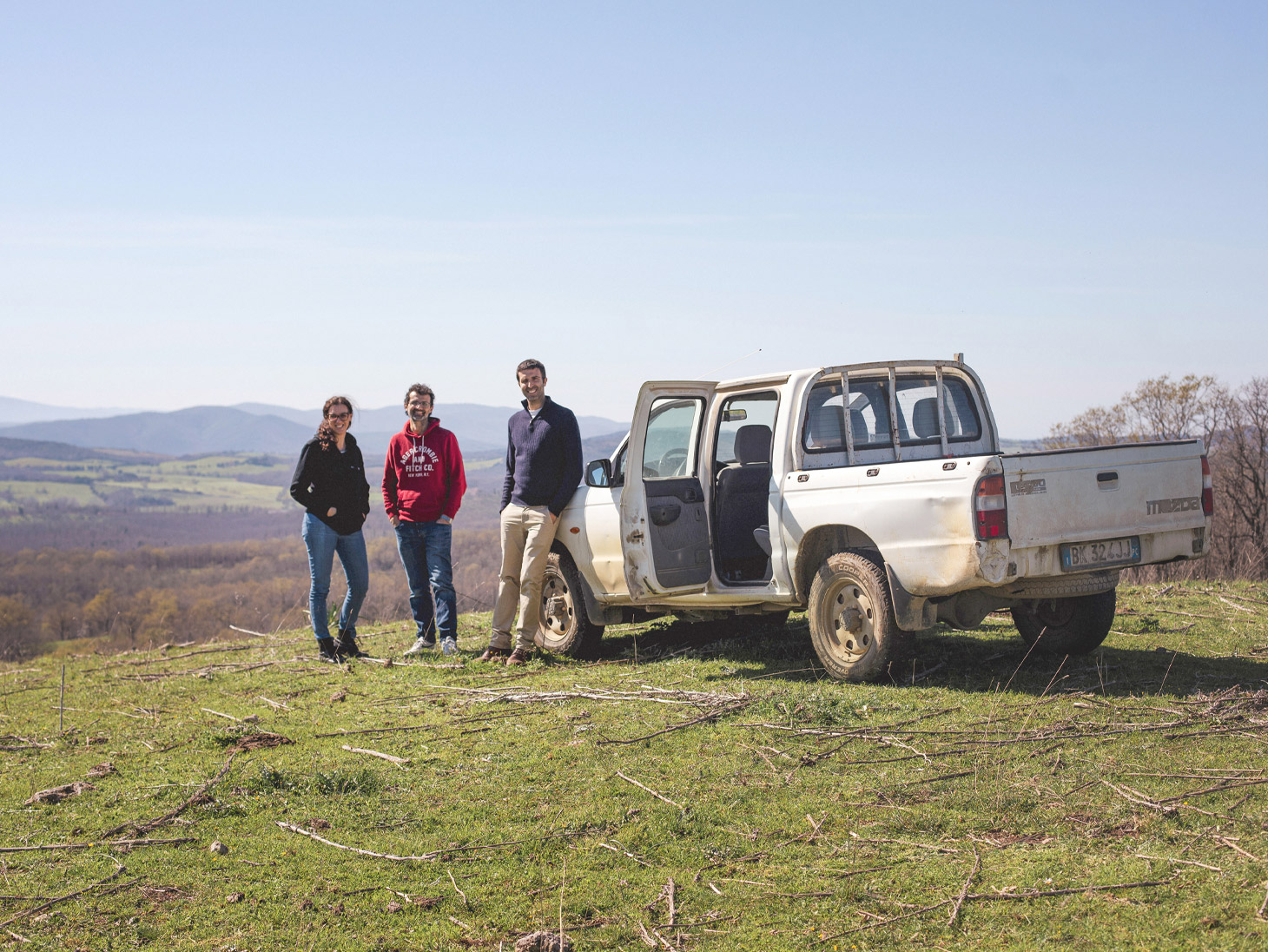
Our visit begins in Principina Terra, Grosseto, where one of the two stables of La Maremmana farm is located: this is where the calves and lactating buffaloes, 400 head, live. A few meters away from the barn you can also find Inno Al Sole dairy, owned by the Pallini family as well.
The distance between the barn and the dairy is that of a promenade, along the fields where grains are grown for buffaloes feed, skirting the biogas plant, which converts the barn's wastewater into energy and digestate, used to fertilize the land: 300 hectares, half of which are dedicated to livestock crops, mainly barley, hay and corn, treated with the practice of sowing on the land to preserve soil biodiversity and to reduce the environmental impact of machinery.
The dairy was created in 2013 by renovating an old farmhouse: in fact, it is like being in a labyrinth, each door hides a small cell and every space is optimized according to production needs. "It was either closing everything or creating added value", says Guido about his decision to leave London and the world of finance, where he had begun his career in a Japanese bank, to return to his homeland, taking over the family business.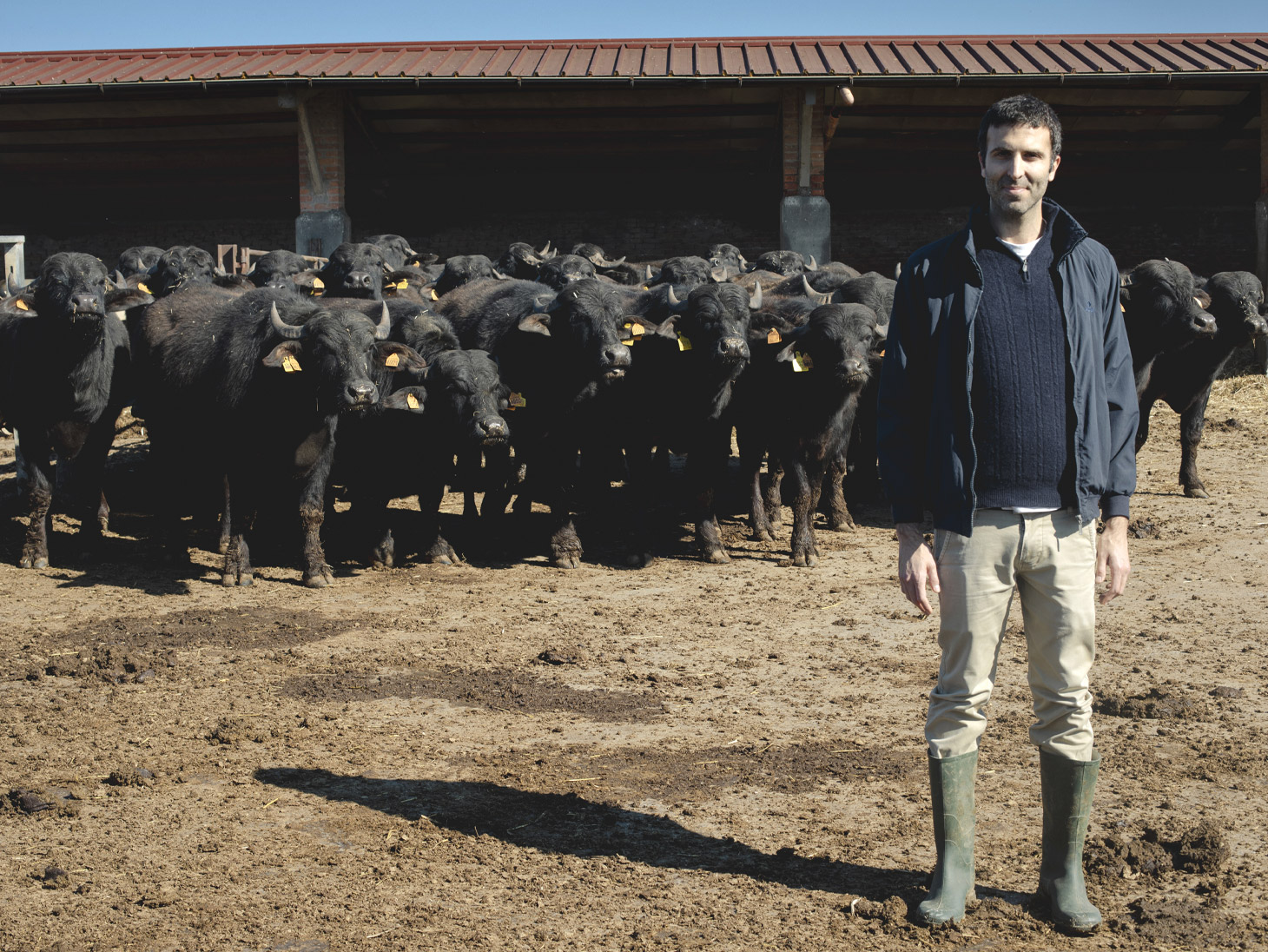
Today all the milk produced by the barn is processed: this was Guido's goal when he joined the company, a choice that makes closed supply chains more economically sustainable, compared to farms that only sell milk. The problem of excess winter milk always remains: buffaloes are mischievous, producing more milk in winter when the market demand is low, and much less in summer when the demand increases.
Here, buffaloes produce an average of 8-10 liters of milk a day per animal, ranging from 1500 to 2800 liters of milk per day depending on the lactation cycle. "From us, excess milk is partially used to produce Francescano and partly frozen in 3 kg bags and reused in the summer in small proportions (30%) when the production drops. This allows us to use only milk from our farm without affecting the result of the summer product, the difference is really imperceptible".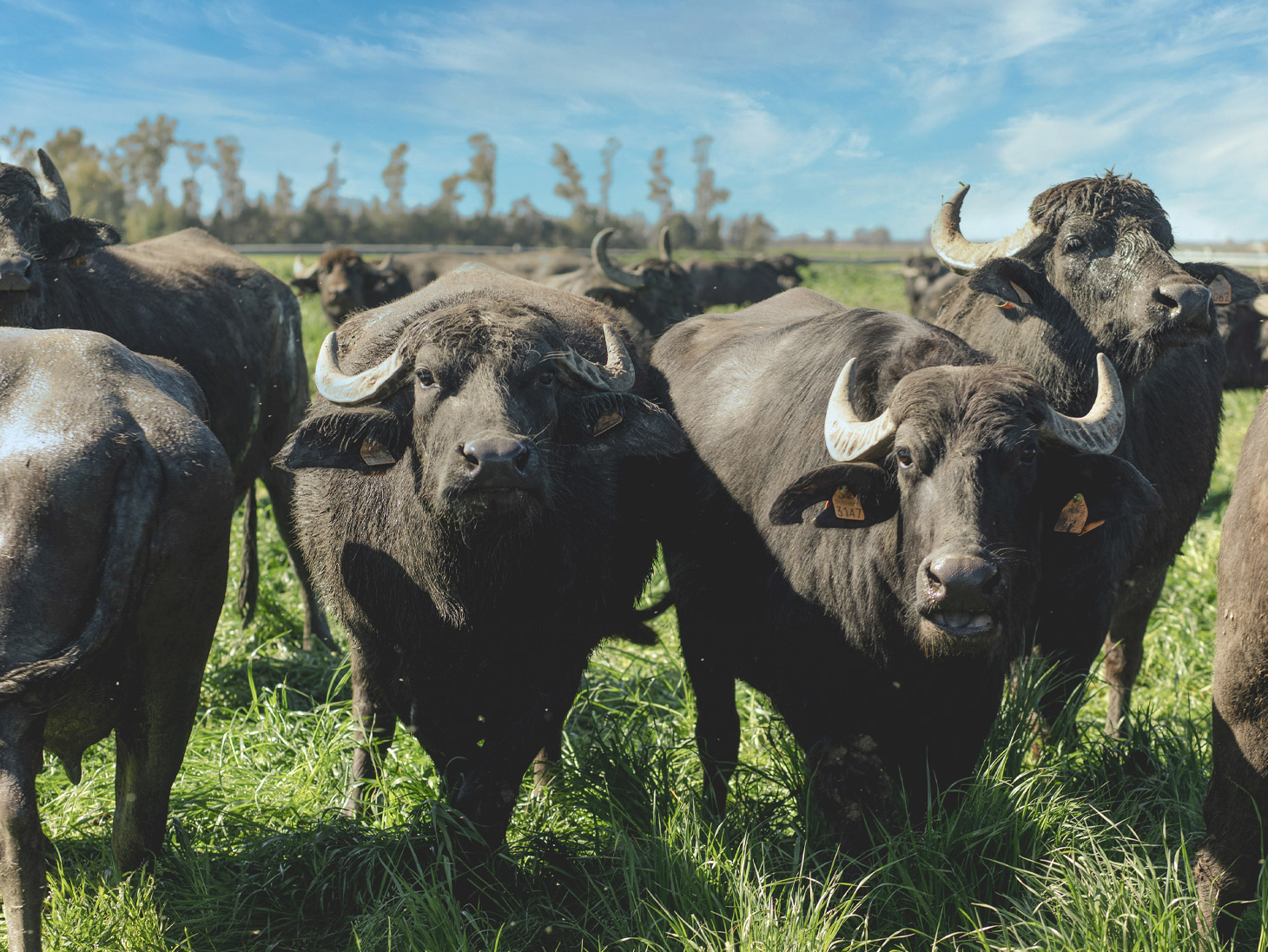
We arrive at the dairy just in time to see the stretching of the curd. The process begins at 4 a.m.: the milk - strictly raw - is heated, then the whey starter - self-produced in the farm from the previous day's spinning whey, with controlled fermentation - is added first, followed by the rennet.
The stretching process begins around 8 a.m., because the curd must ripen for at least 4 hours. It is fascinating to see how the shapeless and rubbery mass of curd becomes a shiny, smooth material in a few minutes, which in the cheesemaker's hands takes a thousand shapes. The forming of the braid, in particular, leaves me speechless: with his hands in the boiling water, the skill and speed of Rosario, the cheesemaker, in creating so quickly so many braids that are always the same, are extraordinary.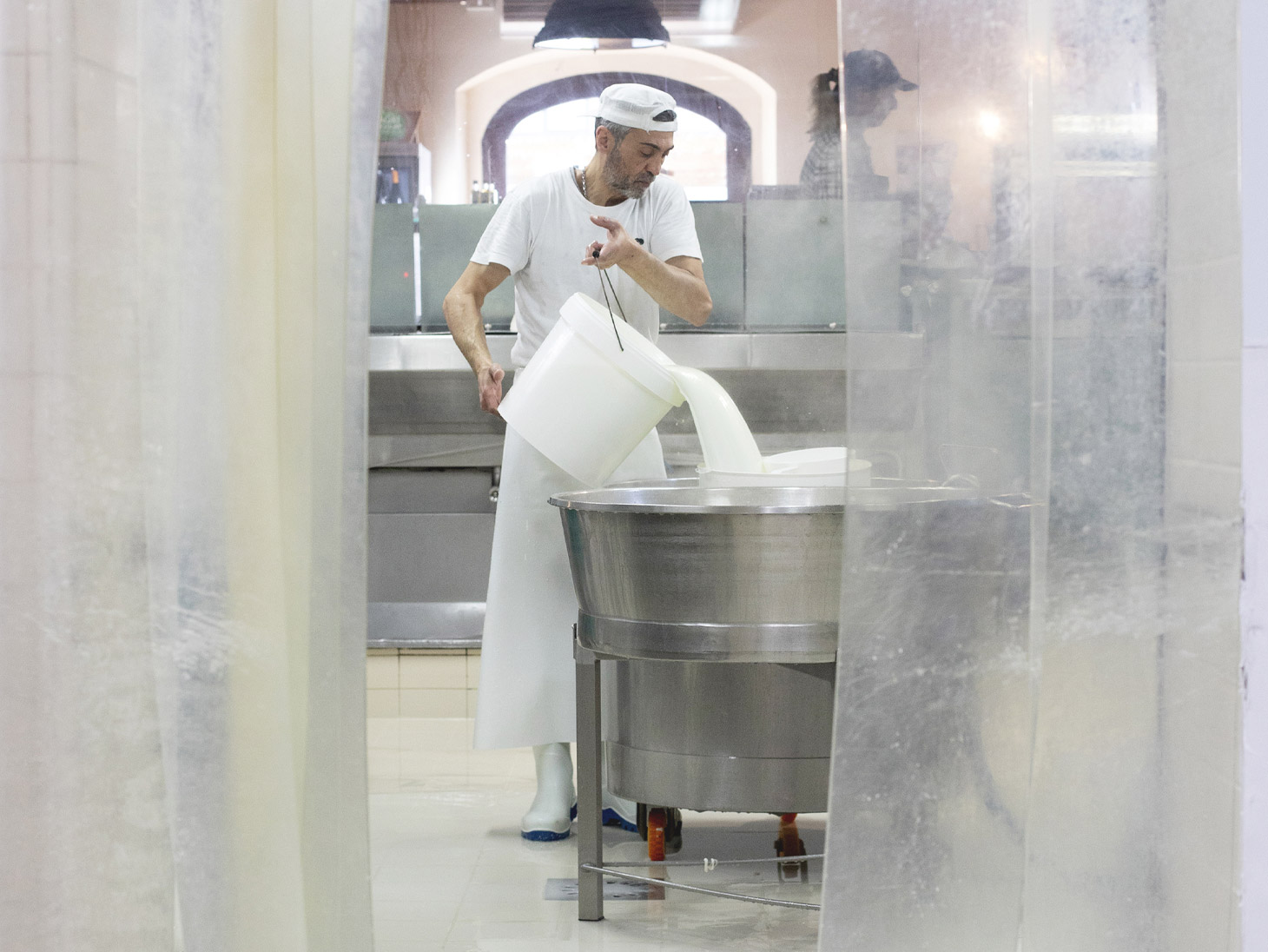
But also the precision with which, by hand, he fills the balls of pasta filata with just the help of a machine that inserts the filling of cream and strips to create the burratine. Chilling in the vat immediately after molding is a very important step in mozzarella making: the heat shock indeed allows the creation of the testure and of the outer skin, if it is not well cooled it then tends to "peel off".
Another critical aspect is the "salsetta", a mixture of salt water, lactic acid and whey, in a defined percentage, to create the liquid where the mozzarellas are preserved, which contributes to their flavor. Ten people work in the dairy, that become 15 and sometimes even 18 in summer. "Caciocavallo, scamorza, stracchino, yogurt, bloomy rind cheeses are produced once a week, Francescano in this period twice a week. Mozzarella and burrata are made every day, but we chose to work from Monday to Saturday in order to give the staff a day off".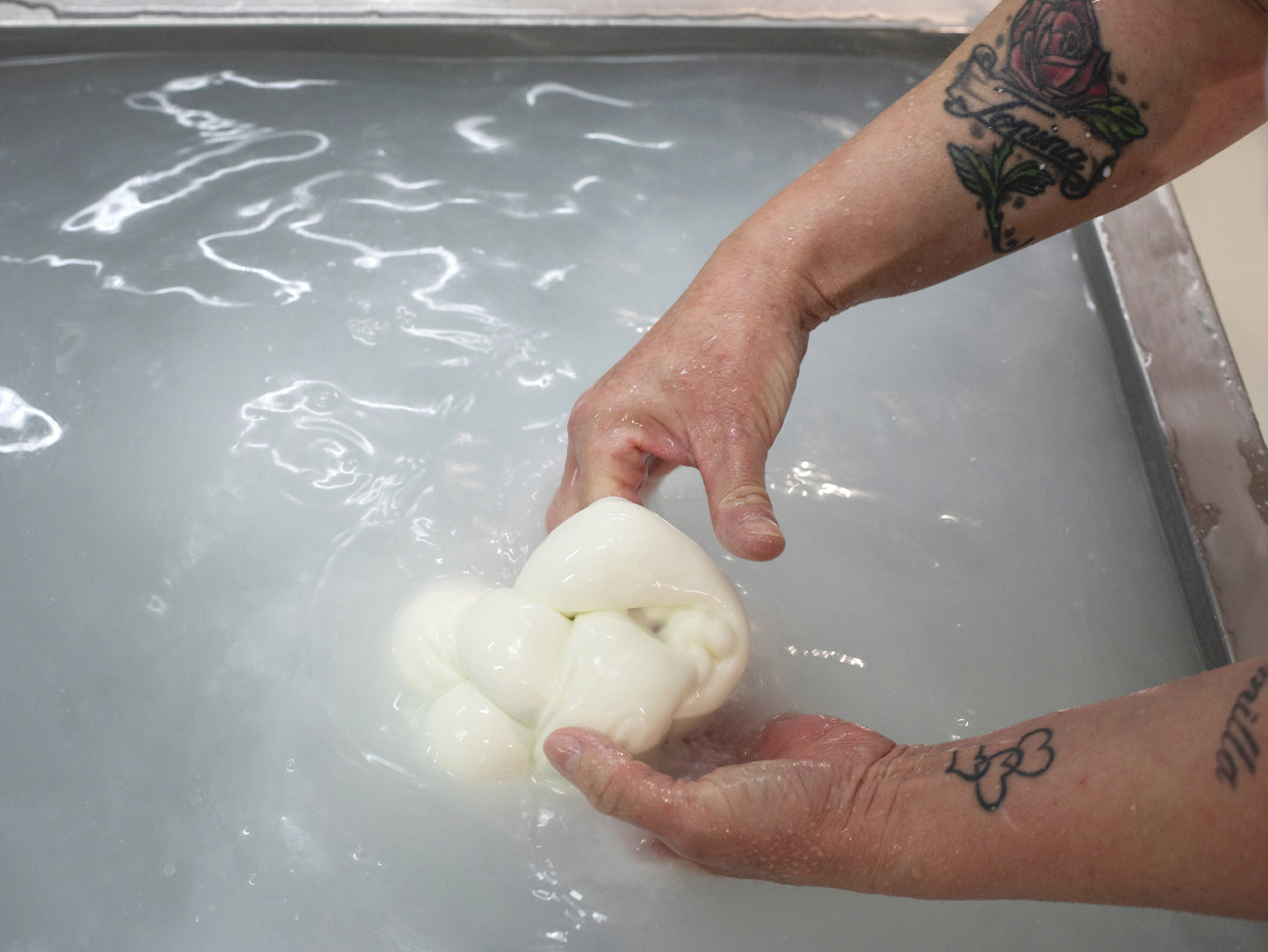
The concept of social responsibility shines through in all business choices: from how the fields are managed to animal welfare, from personnel management to renewable energy production. Respect, ethics, transparency: these are not just words but concrete choices that we have the opportunity to see, literally, in the field. We take a coffee break at the farm store: a glass window allows you to see the dairy's processing room, while on the outdoor tables you can have breakfast - ricotta and jam bread - savoring the peace, the silence, the scents, that the exuberant nature of the Maremma gives.
From Grosseto we descend to the South, leaving Argentario, Orbetello, Capalbio behind us, and we enter the inland hills: 5 km of dirt road in the middle of the woods, with no GPS signal, to reach Diaccialone from where the second barn is located, dedicated to replacement: the calves are brought here when they are about 6 months old, and they stay here until they are 2 years old.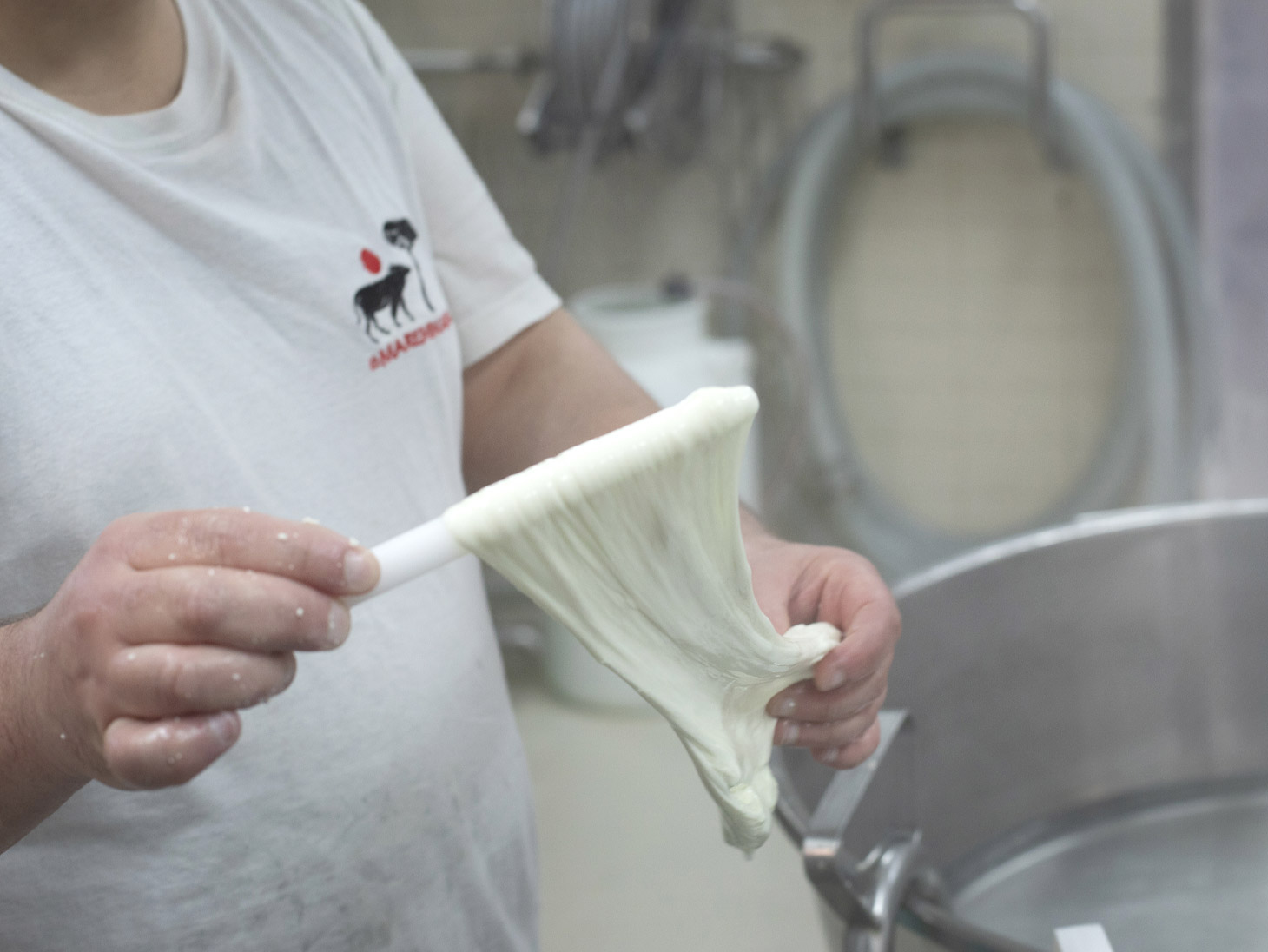
The buffaloes are then transferred back to Principina Terra a couple of months before calving, after which they can start being productive. At Diaccialone, the Pallini family has 150 buffaloes more, but also about 70 heads of Maremmana breed, 400 hectares of forest, 100 hectares of arable land, 120 hectares of paddock. "This is where our buffalo farm was born". Guido's dad always had a passion for breeding: at first racehorses, then Maremmana cows, and finally buffaloes: a more rustic animal that could adapt to the Maremma environment.
"But getting to Diaccialone was complicated for the milk truck, so we created a second barn for the lactating buffaloes near the dairy". One of the important parameters of animal welfare is longevity: "The average age of the buffaloes in our barn is 8 years, there are animals that are 3 but also 17 years old! And at exhibitions our buffaloes are often the most undisciplined, because they are used to living outside". This goes without saying! We will remember for quite a while the excitement of seeing them entering the paddock unleashed!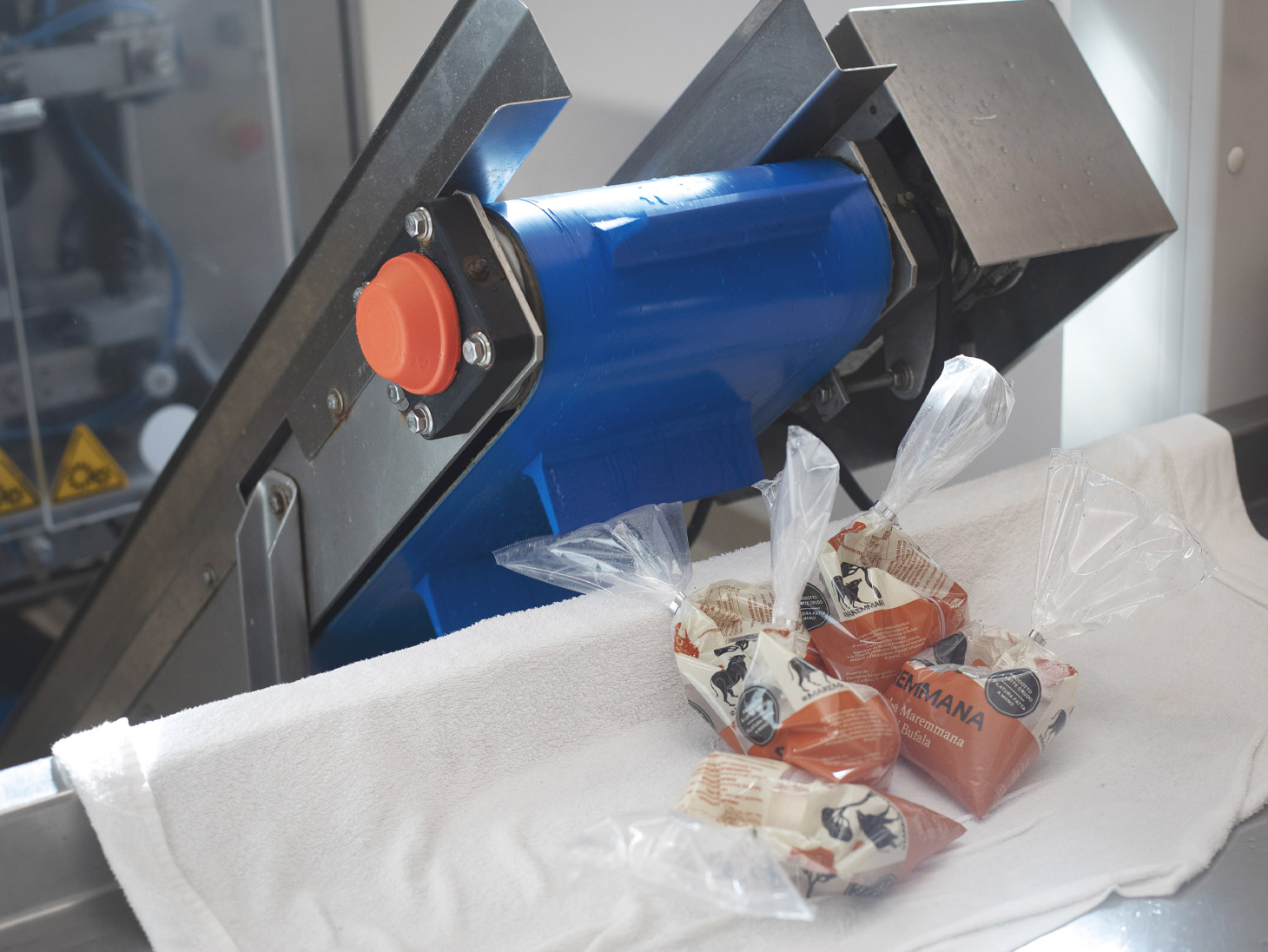
We are lucky, it is a spectacular day, nature puts on colors of a memorable intensity: the blue sky contrasting with the red, clayey ground, with the black outline of the buffaloes on top, the green of the woods that are awakening for spring, fields of daisies on the grass. We have lunch in the recently renovated farmhouse adjacent to the farm, where Guido and his family live. We are, as always, behind our schedule, but we cannot leave Diaccialone without going into the woods to see the Maremmana cows.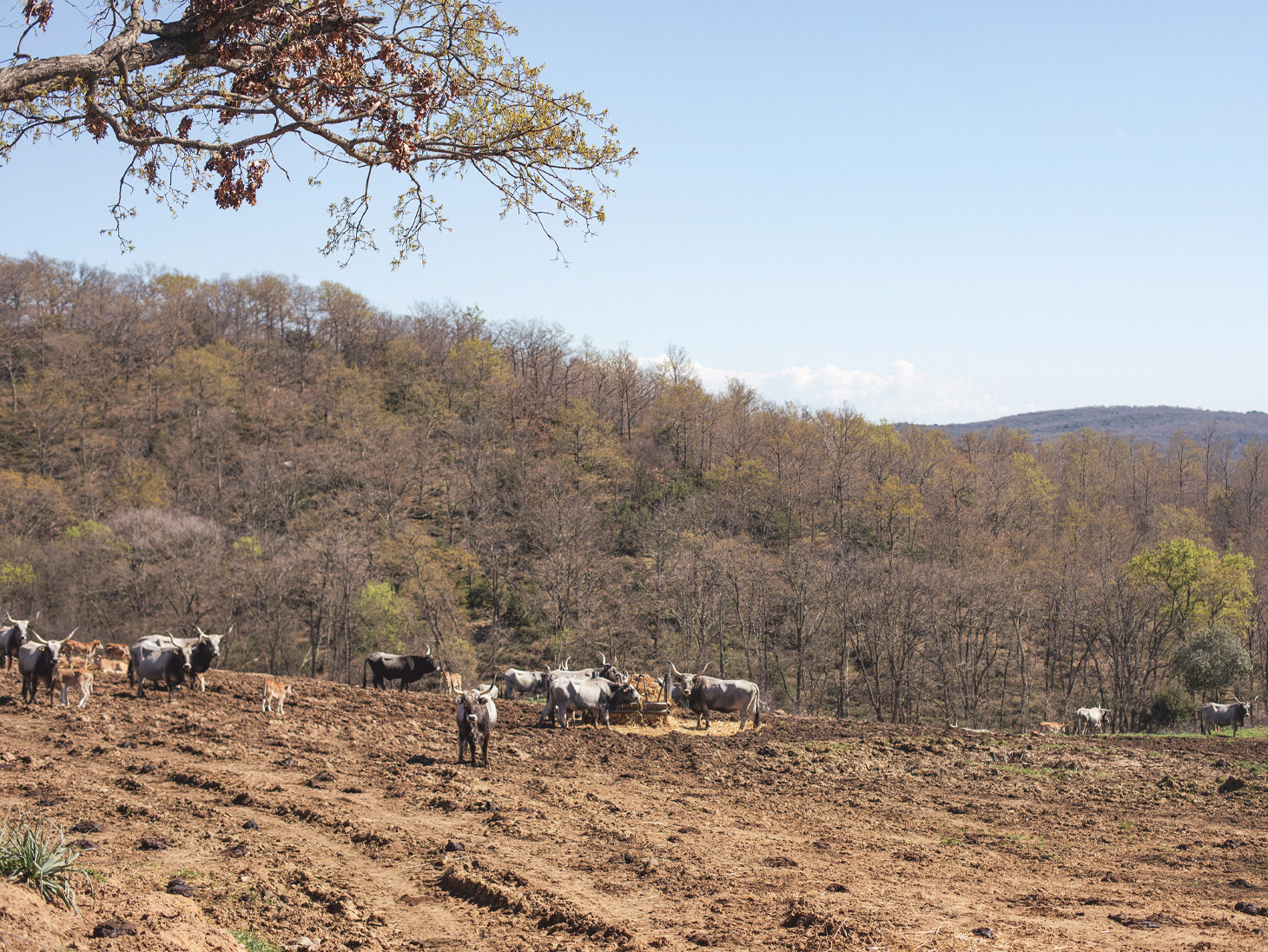
We meet Mario, the "buttero", and his daughter Marcella, who is learning the job from her father: together they manage the herd of Maremmana cattle on horseback, raised in the wild in the estate's woods: Diaccialone is one of the few farms that keep this ancient Tuscan tradition alive. In the corral there are two bulls, Maciste and Infermiere: they are impressive, both for their size, which approaches a ton, but also for the dimension of their horns, that make them look almost like prehistoric animals.
Guido gets us into a lived-in van and takes us through the dirt road that leads to the ridge where some Maremmana cows have grouped up with calves. They have chosen a clearing with a panoramic view over Maremma: in the background, clouded by a light mist, stands the Tyrrhenian Sea. The cattle watch us for a while with curiosity, then they trot away, freely. There are emotions that cannot be missed, whatever for the delay. "It is better to repent a sin than regret the loss of pleasure", used to say Oscar Wilde.